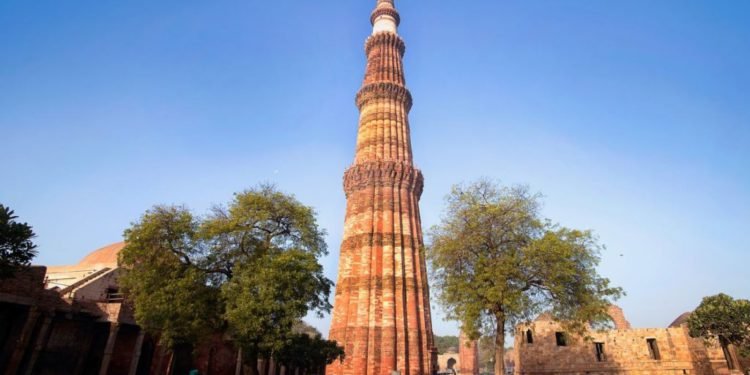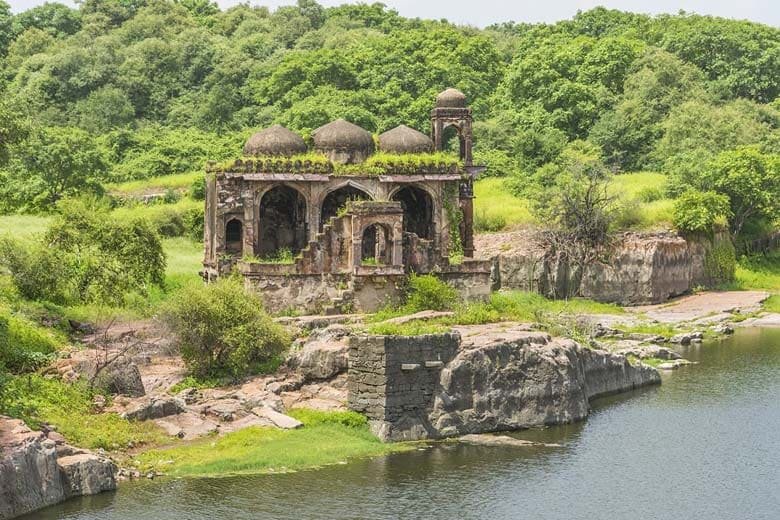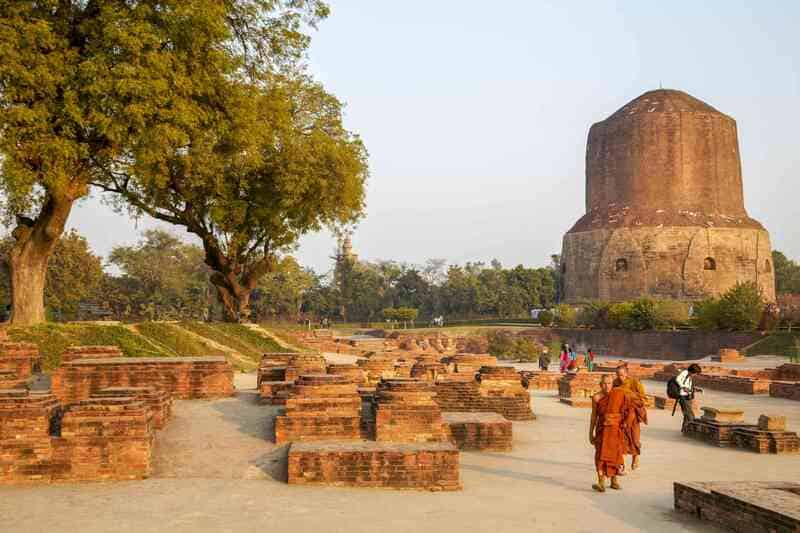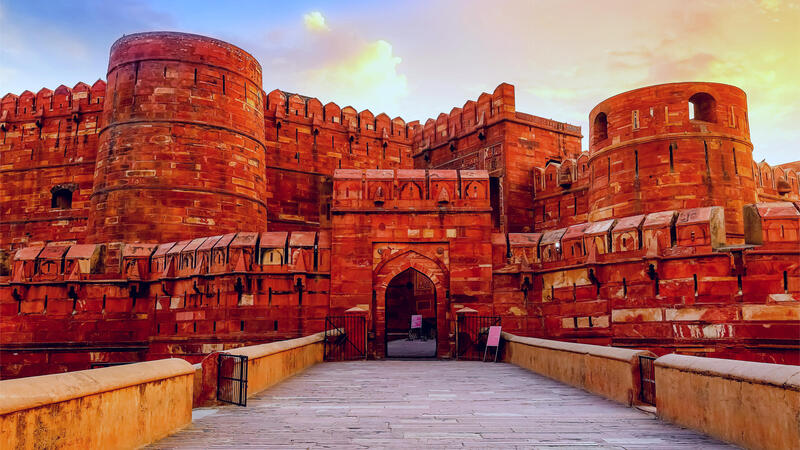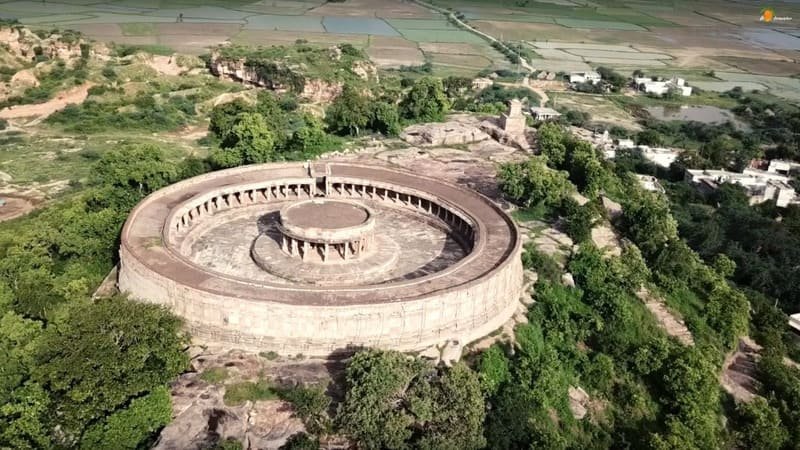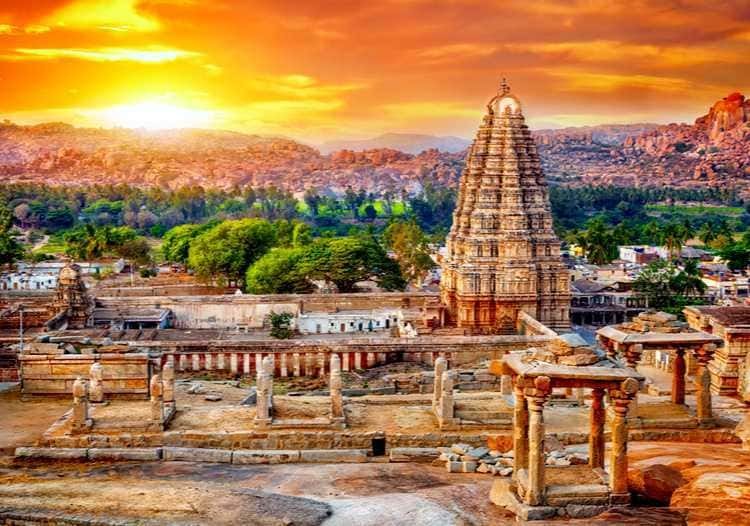
Hampi: A Guide to the Forgotten City of Karnataka.
Hampi (town), Vijayanagara district, Karnataka, India.
Hampi, located in the southern Indian state of Karnataka, is a city steeped in history and is often called the "forgotten city of the Vijayanagara Empire." This UNESCO World Heritage site is home to several ruins that date back to the 14th century and have been preserved over the centuries. Hampi was once the capital of the Vijayanagara Empire and one of the richest and largest cities in the world. Today, it is a popular tourist destination known for its stunning architecture, breathtaking landscapes, and rich cultural heritage.
In this blog post, we will explore the history, architecture, and attractions of Hampi.
History of Hampi
Hampi's history dates back to the 14th century when it was ruled by the Hindu Vijayanagara Empire. The city flourished during this time and was known for its wealth, power, and architectural grandeur. Hampi was a center of trade and commerce, attracting merchants and travelers from across the world. The city was also a center of learning and art, with scholars, poets, and artists from across India and beyond making their way to Hampi to seek patronage.
In the 16th century, the city was invaded by the Muslim sultanates of the Deccan. The city was sacked and looted, and its inhabitants were massacred. Hampi was never able to recover from this blow, and it was gradually abandoned over the centuries. Today, the ruins of Hampi are a testament to the city's glorious past and a reminder of its tragic downfall.
Architecture of Hampi
Hampi is renowned for its stunning architecture, which is a fusion of the South Indian Dravidian style and the Islamic style of the Deccan sultanates. The city's architecture is characterized by its use of granite and its intricate carvings and sculptures.
The most famous structure in Hampi is the Virupaksha Temple, which dates back to the 7th century and is dedicated to Lord Shiva. The temple is located on the banks of the Tungabhadra River and is considered one of the holiest sites in India. The temple's towering gopuram (entrance tower) is a marvel of South Indian architecture and is adorned with intricate carvings of gods and goddesses.
Another iconic structure in Hampi is the Lotus Mahal, which is located in the Zenana Enclosure. The Lotus Mahal is a two-story pavilion that was used by the royal women of the Vijayanagara Empire. The pavilion is characterized by its lotus-shaped columns and is considered one of the most beautiful structures in Hampi.
Other notable structures in Hampi include the Elephant Stables, the Hazara Rama Temple, and the Vithala Temple. The Elephant Stables were used to house the royal elephants of the Vijayanagara Empire and are characterized by their domed roofs and arched doorways. The Hazara Rama Temple is known for its intricate carvings that depict the life of Lord Rama. The Vithala Temple is famous for its stone chariot, which is a symbol of the Vijayanagara Empire and is featured on the Indian 50 rupee note.
Attractions in Hampi
Hampi is a popular tourist destination and attracts visitors from across India and around the world. The city's rich cultural heritage, stunning landscapes, and breathtaking architecture make it a must-visit destination for anyone interested in history and culture.
Some of the most popular attractions in Hampi include the Hampi Bazaar, which is a lively street lined with shops selling souvenirs and handicrafts. The bazaar is located near the Virupaksha Temple and is a popular
